Although I am a great lover of art and very fond of ballet, I’ve never been a big fan of both of them combined (no Degas for me I’m afraid) until now. The man who has made me changed my mind is award-winning aerial photographer Brad Walls (also known as Bradscanvas) and his body of work Ballerine de l’air.
Last July, this young Australian photographer caught the attention of the world with his “Pools from above” series, garnering him and his work worldwide attention, being compared to the likes of David Hockney and Slim Aarons. He was also awarded First Prize in the Sports category and Runner up in9 people category at the inaugural 2020 Aerial Photography Awards in Paris and placed as Runner-Up at the Drone Photo Art Awards 2020 in Siena.
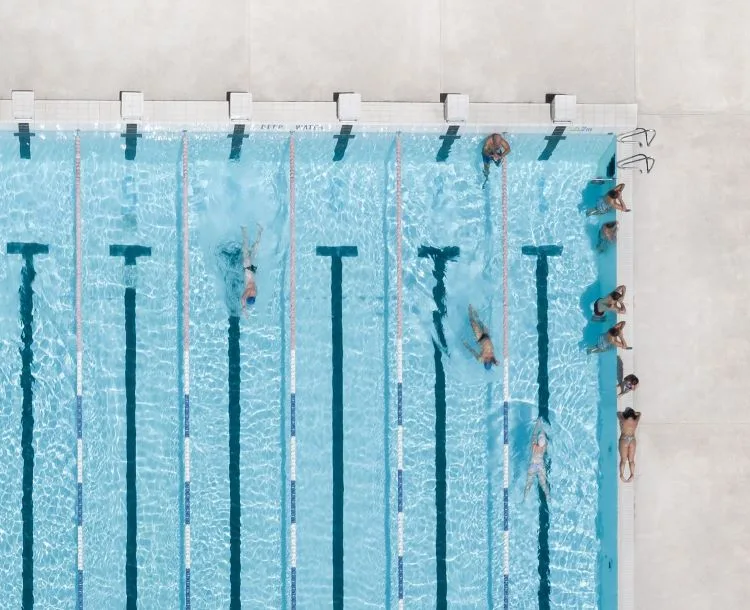
Walls has always enjoyed exploring the unknown, and in his own words, “Naturally the most appropriate medium at the time was photography.” Although as a teenager he started with a handheld camera, he wasn’t really taken by it. In 2018, he purchased one of the first consumer drones and he realised that is what he wanted to do. “I knew that the compositions were going to be super different, working on perfecting what I call the close-up, top-down aerial image.” Over the years, he has developed his very own form of art focusing on experimentation with negative space, minimalism and colour theory.
Ballerine de l’air was initially inspired by an image by Olive Cotton, Teacup ballet. Walls began exploring the concept in early 2020, pinning ideas to a virtual inspiration board that consisted of shadows, shapes and tutus, stating that “Most people had seen ballet photographed traditionally… and while those photos are undeniably beautiful, I wanted to rewrite the composition, purely focusing on the unique shapes and shadows of the art form.”
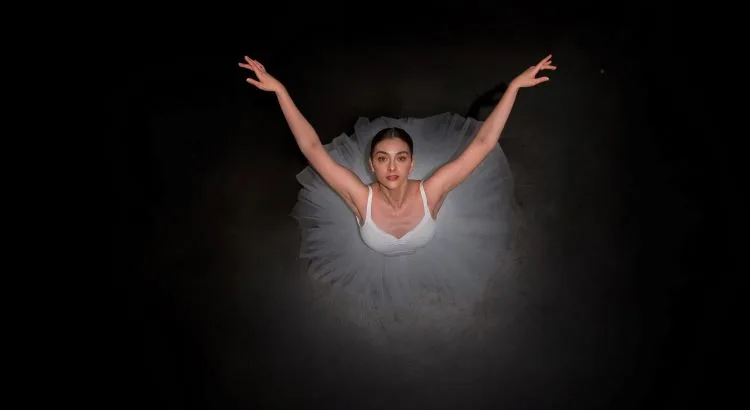
Offering an alternate view is the foundation of Walls’s work. With Ballerine de l’air, the artist wanted to invite audiences to experience a different fresh and intimate perspective of ballet, whilst still capturing all its beauty. “I had photographed people from above – including Olympians and models – and while those shots were very compelling, I knew here that combining such a prestigious art form with an alternate view would truly be the embodiment of my work,” stated Walls.
He contacted Montana Rubin, a member of the corps de ballet within the prestigious Australian Ballet. Because of the pandemic, Rubin was not currently performing on stage, nor working as usual and thus, she took no convincing to shoot with Walls, saying, “With his clean aesthetic and attention to detail, I was excited to see how our worlds could mesh,” additionally commenting that “Brad’s unique viewpoint also gave me an opportunity to see my art form quite literally from a different perspective.”
Walls chose two contrasting locations to shoot in – the first being a warehouse featuring barren concrete floors, contrasting against the ballerinas’ soft movements, and the second being a private event space with picturesque floor tiling, complementing the visual aesthetic of Rubins’ tutu. In this series, Walls and Rubin explore traditional ballet positions, as well as experiment with non-traditional shapes, specially-tailored to be viewed from above. “It was imperative to pay homage to the art of ballet, whilst at the same time adding a new, modern spin which incorporated positions and shapes that were beyond the traditional art form,” Walls explains. He goes on to share a specific anecdote from the shoot, in which he asked Rubin to play with the shadow created by her movements via the light, recalling that “Watching an artist (Rubin) truly lose herself in her art form was truly a spine-tingling moment and a moment that a photographer can end up waiting many years to experience – if they get to experience it at all.”

The result is a stunning combination of images that offer the viewer a unique contrast between light and shadow. In some, this contrast is used by Walls to create volume, whilst in others, he presents us with completely flat shots, devoid of any shadows. “That’s why I chose two locations,” he explains, “I wanted the audience to feel both a softness with the tiled texture whilst showing the profound strength and discipline on the concrete backdrop.”
The effect is not limited to a purely aesthetic experience. Walls’s unusual approach enables the viewer to view ballet in a profound new way. From his point of view, “Many of the photographs emphasising the shadow enable the viewer to show both how flexible and strong ballerinas are, whilst a front on a traditional camera may not have been able to achieve the same effect. In summary with all of my compositions, I want to intrigue the viewer to ask more questions about the subject matter, I believe the alternate perspective enables this notion.”
I’ve been really surprised by the Walls’s creativity and I wholeheartedly recommend you have a look at the rest of his work. I am confident we are going to hear a lot about this young artist in the years to come.
IG: @bradscanvas
*Pictures have been cropped to fit the format of our website.






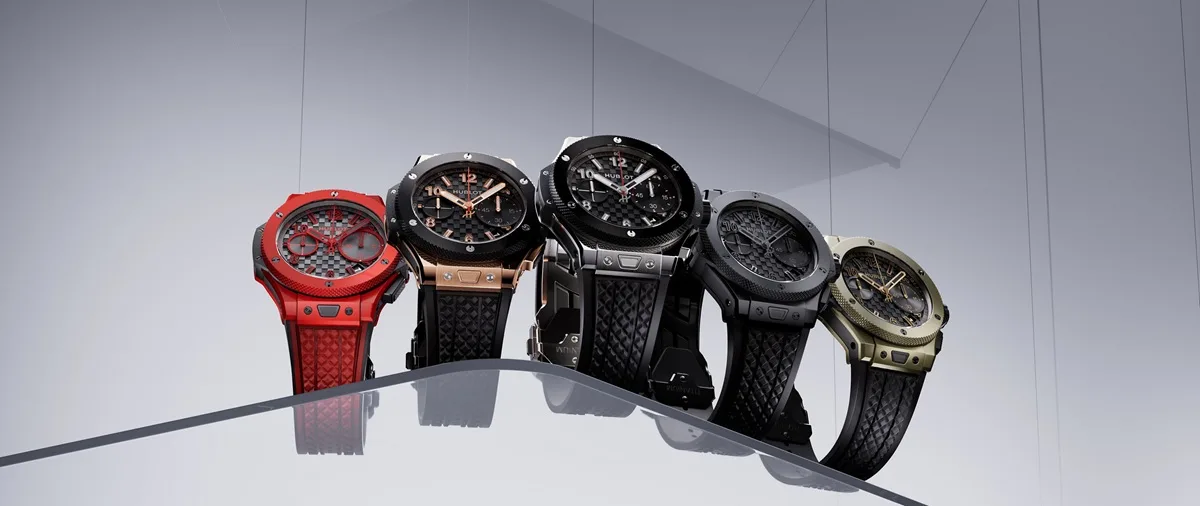
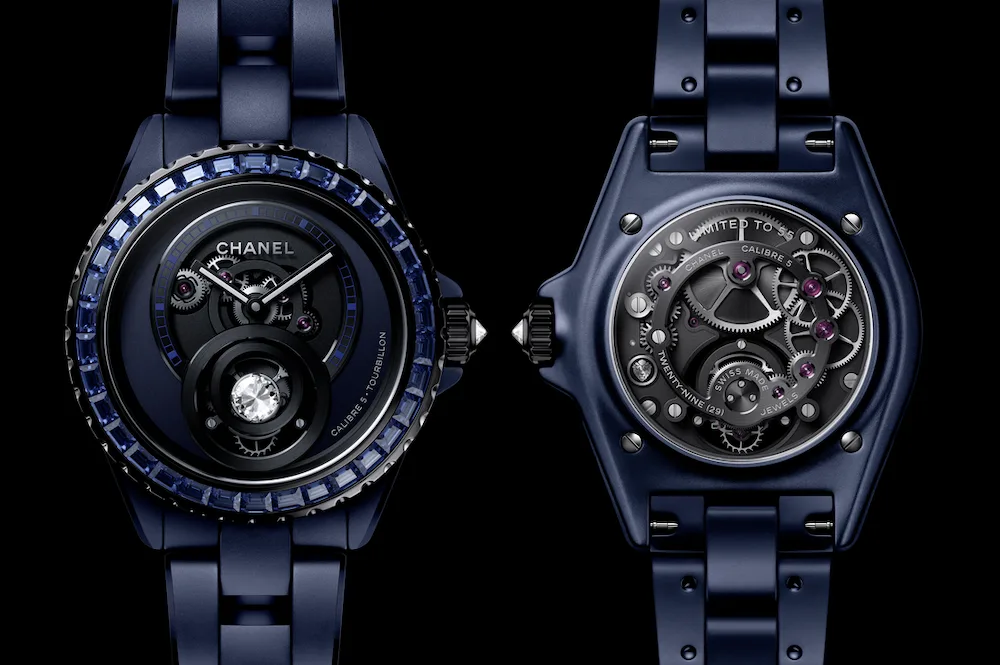
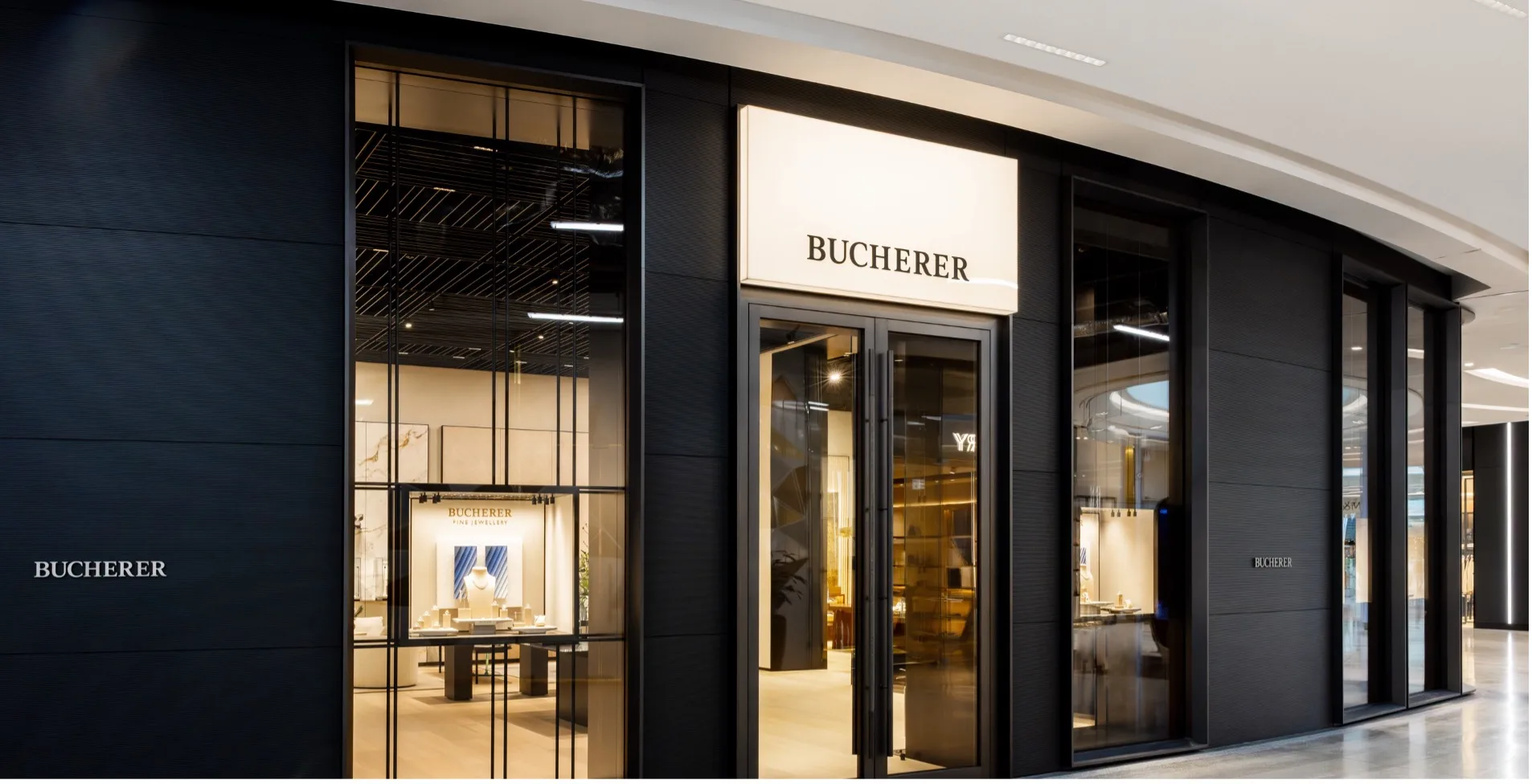

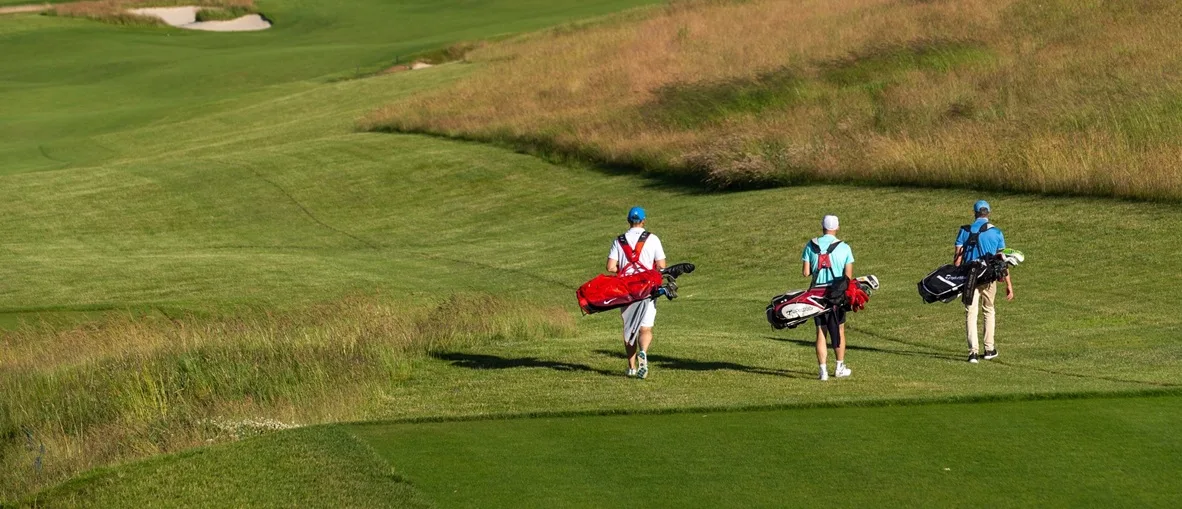


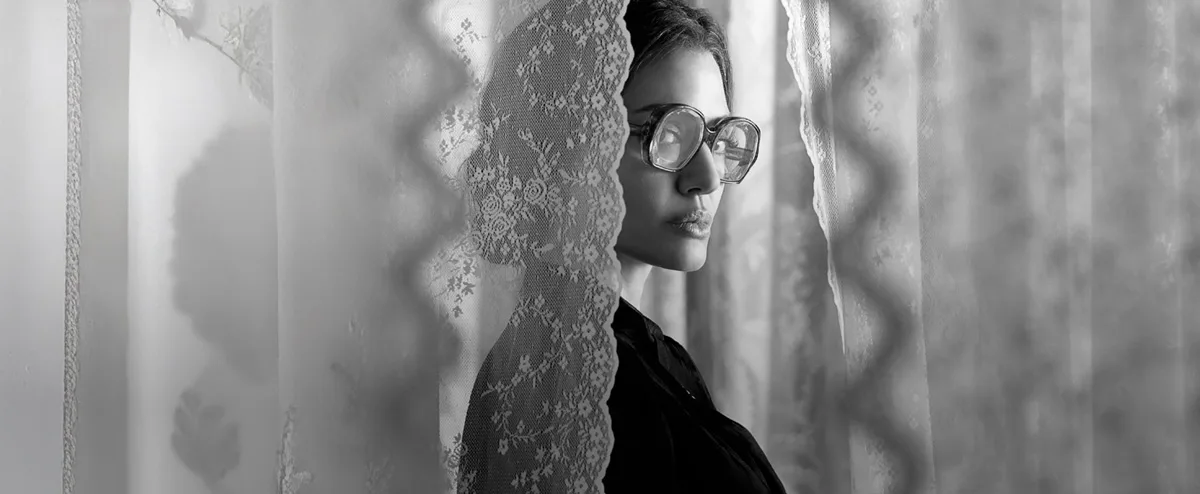



Show Comments +